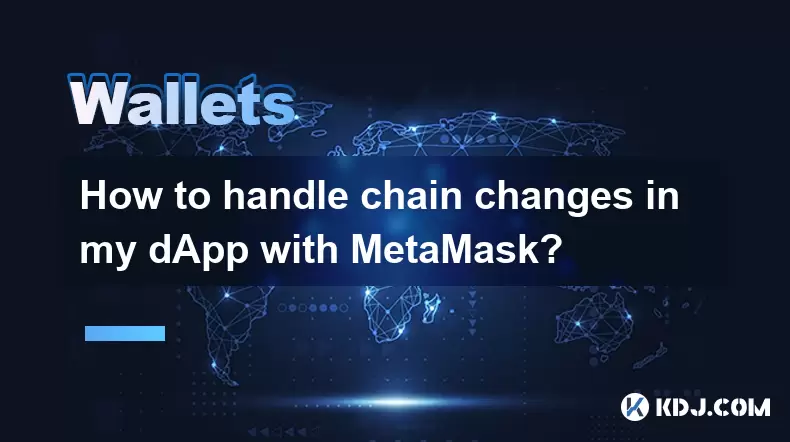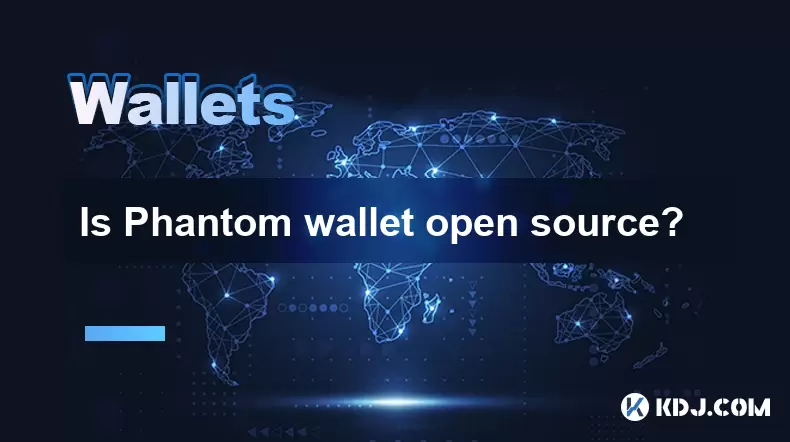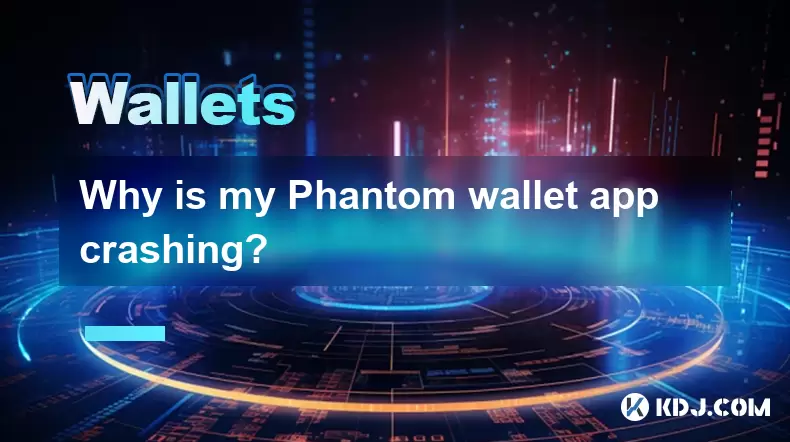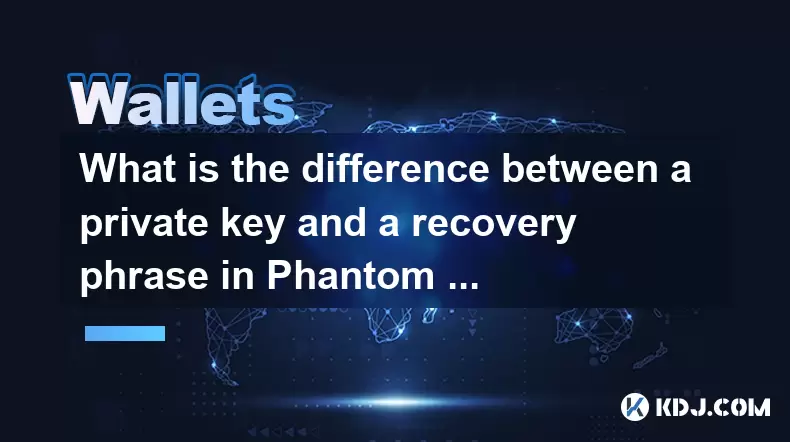-
 Bitcoin
Bitcoin $109,459.7682
2.44% -
 Ethereum
Ethereum $2,598.6052
6.29% -
 Tether USDt
Tether USDt $1.0003
0.00% -
 XRP
XRP $2.2734
3.95% -
 BNB
BNB $661.4886
1.58% -
 Solana
Solana $155.4825
4.35% -
 USDC
USDC $0.9999
-0.02% -
 TRON
TRON $0.2838
1.04% -
 Dogecoin
Dogecoin $0.1740
8.25% -
 Cardano
Cardano $0.6047
9.04% -
 Hyperliquid
Hyperliquid $40.2302
6.50% -
 Sui
Sui $2.9863
10.05% -
 Bitcoin Cash
Bitcoin Cash $509.5786
0.60% -
 Chainlink
Chainlink $13.8156
6.03% -
 UNUS SED LEO
UNUS SED LEO $9.0142
0.69% -
 Avalanche
Avalanche $19.0337
8.68% -
 Stellar
Stellar $0.2438
5.17% -
 Toncoin
Toncoin $2.9012
3.59% -
 Shiba Inu
Shiba Inu $0.0...01210
6.20% -
 Litecoin
Litecoin $90.0882
7.05% -
 Hedera
Hedera $0.1597
8.53% -
 Monero
Monero $326.3340
2.88% -
 Polkadot
Polkadot $3.6365
9.32% -
 Bitget Token
Bitget Token $4.6162
2.72% -
 Dai
Dai $1.0001
0.00% -
 Ethena USDe
Ethena USDe $1.0002
-0.01% -
 Uniswap
Uniswap $7.6403
10.47% -
 Pepe
Pepe $0.0...01060
12.03% -
 Aave
Aave $281.3664
7.56% -
 Pi
Pi $0.4992
1.76%
How to handle chain changes in my dApp with MetaMask?
"Handle MetaMask chain changes in dApps by listening for the `chainChanged` event and updating your provider and contracts accordingly."
Jul 02, 2025 at 09:01 pm

Understanding Chain Changes in dApps
When developing or interacting with decentralized applications (dApp), one of the most common challenges users and developers face is handling chain changes. MetaMask, being one of the most widely used cryptocurrency wallets, allows users to switch between different blockchain networks. However, this can cause disruptions if a dApp is not configured properly to detect and respond to such chain changes. This includes scenarios like switching from Ethereum Mainnet to Binance Smart Chain or any testnet environment.
The core issue revolves around ensuring that your dApp reacts correctly when the network selected in MetaMask changes. This is critical for maintaining user experience and preventing transaction errors due to incorrect chain IDs or RPC endpoints.
Detecting Network Changes in MetaMask
MetaMask provides an event listener called chainChanged, which is triggered whenever the user switches to a different network. To handle this, you need to implement a chainChanged event listener within your dApp's JavaScript code.
Here’s how you can set it up:
- Import Web3 or use the injected provider from window.ethereum.
- Add an event listener for
chainChanged:window.ethereum.on('chainChanged', handleChainChanged); - Define the
handleChainChangedfunction to reload or reconfigure the dApp based on the new chain ID.
This ensures that your dApp always knows what network the user is currently connected to and can adapt accordingly.
Handling Chain IDs and Network Identifiers
Each blockchain network has a unique identifier known as the chain ID. For example, Ethereum Mainnet uses chain ID 1, while Rinkeby uses 4. When a user switches chains, the chainChanged event returns the new chain ID in hexadecimal format.
To ensure compatibility, your dApp should:
- Convert the returned chain ID from hexadecimal to decimal using
parseInt(chainId, 16). - Compare the resulting value against a list of supported chain IDs.
- Display appropriate UI feedback or redirect the user if the selected chain is unsupported.
If the chain is not supported, your dApp should prompt the user to switch back or provide instructions on how to add custom networks through MetaMask.
Updating Provider and Reconnecting Contracts
After detecting a chain change, it's essential to update your provider and reconnect any smart contract instances. Failure to do so may result in incorrect data retrieval or failed transactions.
Steps to follow:
- Create a new instance of Web3 using
window.ethereumafter the chain change. - Reconnect all contract instances using the updated provider.
- Re-fetch account balances and contract states to reflect the current network.
This process ensures that all interactions occur on the correct chain and that your dApp remains responsive and accurate regardless of network switches.
Prompting Users to Add Custom Chains
Sometimes, your dApp might require users to connect to a network that isn't available by default in MetaMask. In such cases, you can prompt them to add a custom network using the wallet_addEthereumChain method.
Here’s how you can trigger this action:
- Prepare the RPC URL, chain ID, currency symbol, and block explorer URL for the target network.
- Call the following method:
await window.ethereum.request({
method: 'wallet_addEthereumChain',
params: [{chainId: '0x...', rpcUrls: ['https://...'], chainName: 'Custom Network', nativeCurrency: { name: 'Token', symbol: 'TKN', decimals: 18 }, blockExplorerUrls: ['https://...']}]
});
This will open a MetaMask confirmation dialog allowing the user to add the network securely.
Frequently Asked Questions
How often does the chainChanged event fire?
The chainChanged event fires every time the user manually switches networks in MetaMask or when another dApp triggers a network change. It does not fire during initial page load but only when the network changes post-initialization.
Can I programmatically switch chains in MetaMask?
Yes, you can request a chain switch using the wallet_switchEthereumChain method. You must pass the desired chain ID in hexadecimal format. If the chain is not already added, MetaMask will prompt the user to add it first.
Why doesn’t my dApp detect chain changes immediately?
Your dApp must actively listen for the chainChanged event using window.ethereum.on('chainChanged', callback). If this listener is not registered at runtime or gets removed during execution, the dApp won’t detect chain changes.
What happens if a user selects an unsupported chain?
If your dApp doesn’t support the selected chain, it should display a warning message indicating that the current network is not supported. You can also provide a button to guide the user through adding the correct network or switching back to a supported one.
Disclaimer:info@kdj.com
The information provided is not trading advice. kdj.com does not assume any responsibility for any investments made based on the information provided in this article. Cryptocurrencies are highly volatile and it is highly recommended that you invest with caution after thorough research!
If you believe that the content used on this website infringes your copyright, please contact us immediately (info@kdj.com) and we will delete it promptly.
- Altcoin Alert: Binance Listings and the Wild West of Crypto
- 2025-07-03 14:30:11
- Decentralized Stablecoins in 2025: Challenging Centralized Counterparts?
- 2025-07-03 14:30:11
- Meme Coin Mania: Is BTC Bull the Next Big Thing in a Limited Time BTC Bull Run?
- 2025-07-03 12:30:11
- Bitcoin Soars to $109,000: What's Fueling the Crypto Rally?
- 2025-07-03 10:30:13
- Hong Kong: Racing to Be the World's Tokenization Hub
- 2025-07-03 14:50:11
- Splatterhouse Rocks Retro Scene: A UK Magazine Deep Dive
- 2025-07-03 12:30:11
Related knowledge

How to lock my Phantom wallet extension?
Jul 03,2025 at 11:14am
What Is the Phantom Wallet and Why Lock It?The Phantom wallet is a popular non-custodial cryptocurrency wallet designed for interacting with the Solana blockchain. Supporting both browser extensions and mobile apps, Phantom allows users to store, send, receive, and stake SOL tokens, as well as interact with decentralized applications (dApps). Securing y...

Does Phantom wallet offer two-factor authentication (2FA)?
Jul 03,2025 at 09:00am
Understanding Phantom Wallet and Its Security FeaturesPhantom wallet is a widely used non-custodial cryptocurrency wallet that supports the Solana blockchain. It allows users to store, send, receive, and interact with decentralized applications (dApps) seamlessly. As security is a top priority for any crypto wallet user, security features like two-facto...

What is "rent" on Solana and how does it affect my Phantom wallet?
Jul 02,2025 at 08:35pm
Understanding 'Rent' on SolanaIn the context of Solana, the term 'rent' refers to a storage fee that users pay for maintaining data on the blockchain. Unlike Ethereum, where storage costs are paid once via gas fees during contract deployment, Solana implements a recurring cost model to ensure efficient usage of network resources. This means that any acc...

Is Phantom wallet open source?
Jul 03,2025 at 12:29am
What is Phantom Wallet?Phantom wallet is a non-custodial cryptocurrency wallet primarily designed for the Solana blockchain. It allows users to store, send, receive, and interact with decentralized applications (dApps) on the Solana network. The wallet is available as a browser extension and mobile application, offering a seamless experience for both be...

Why is my Phantom wallet app crashing?
Jul 02,2025 at 07:35pm
Understanding Phantom Wallet App CrashesIf you're experiencing issues with the Phantom wallet app crashing, you're not alone. Many users have reported similar problems, especially during high network activity or after recent updates. Phantom is a popular Solana-based wallet that allows users to store, send, and receive SOL tokens as well as interact wit...

What is the difference between a private key and a recovery phrase in Phantom wallet?
Jul 02,2025 at 09:57am
Understanding the Basics of Phantom WalletPhantom wallet is a non-custodial digital wallet primarily used for interacting with the Solana blockchain. It allows users to store, send, and receive SOL tokens and other digital assets like NFTs. Non-custodial means that the user retains full control over their private keys and recovery phrases. Understanding...

How to lock my Phantom wallet extension?
Jul 03,2025 at 11:14am
What Is the Phantom Wallet and Why Lock It?The Phantom wallet is a popular non-custodial cryptocurrency wallet designed for interacting with the Solana blockchain. Supporting both browser extensions and mobile apps, Phantom allows users to store, send, receive, and stake SOL tokens, as well as interact with decentralized applications (dApps). Securing y...

Does Phantom wallet offer two-factor authentication (2FA)?
Jul 03,2025 at 09:00am
Understanding Phantom Wallet and Its Security FeaturesPhantom wallet is a widely used non-custodial cryptocurrency wallet that supports the Solana blockchain. It allows users to store, send, receive, and interact with decentralized applications (dApps) seamlessly. As security is a top priority for any crypto wallet user, security features like two-facto...

What is "rent" on Solana and how does it affect my Phantom wallet?
Jul 02,2025 at 08:35pm
Understanding 'Rent' on SolanaIn the context of Solana, the term 'rent' refers to a storage fee that users pay for maintaining data on the blockchain. Unlike Ethereum, where storage costs are paid once via gas fees during contract deployment, Solana implements a recurring cost model to ensure efficient usage of network resources. This means that any acc...

Is Phantom wallet open source?
Jul 03,2025 at 12:29am
What is Phantom Wallet?Phantom wallet is a non-custodial cryptocurrency wallet primarily designed for the Solana blockchain. It allows users to store, send, receive, and interact with decentralized applications (dApps) on the Solana network. The wallet is available as a browser extension and mobile application, offering a seamless experience for both be...

Why is my Phantom wallet app crashing?
Jul 02,2025 at 07:35pm
Understanding Phantom Wallet App CrashesIf you're experiencing issues with the Phantom wallet app crashing, you're not alone. Many users have reported similar problems, especially during high network activity or after recent updates. Phantom is a popular Solana-based wallet that allows users to store, send, and receive SOL tokens as well as interact wit...

What is the difference between a private key and a recovery phrase in Phantom wallet?
Jul 02,2025 at 09:57am
Understanding the Basics of Phantom WalletPhantom wallet is a non-custodial digital wallet primarily used for interacting with the Solana blockchain. It allows users to store, send, and receive SOL tokens and other digital assets like NFTs. Non-custodial means that the user retains full control over their private keys and recovery phrases. Understanding...
See all articles

























































































